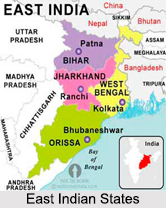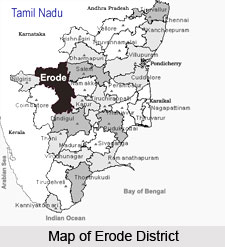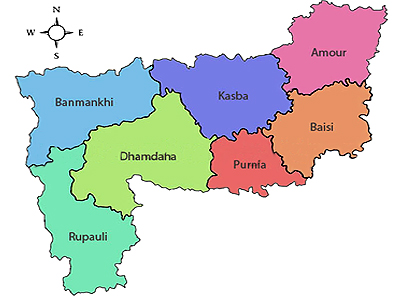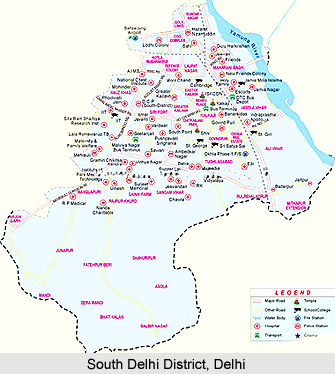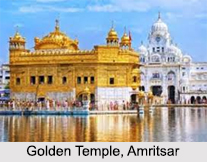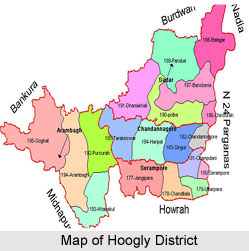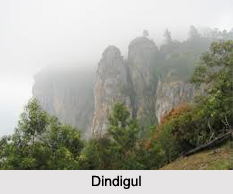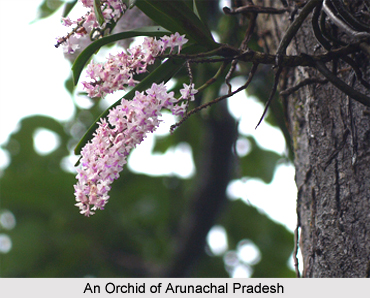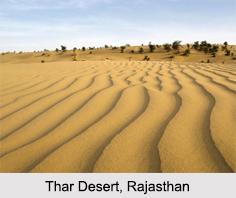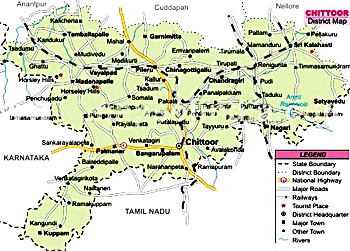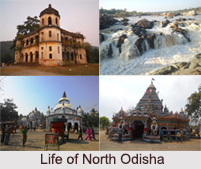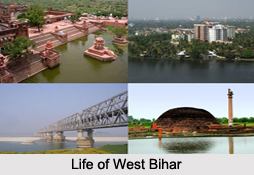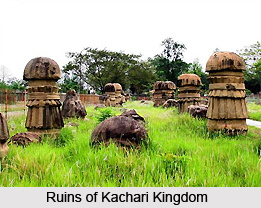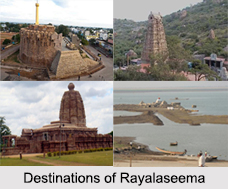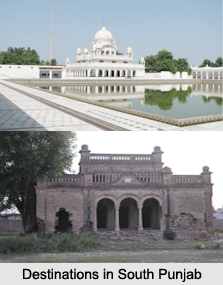 Sultankot is a fortified township of the medieval era that was founded by Malik Bahauddin Tughril in Bayana in Rajasthan.
Sultankot is a fortified township of the medieval era that was founded by Malik Bahauddin Tughril in Bayana in Rajasthan.
History of Sultankot
Sultankot was established when Malik Bahauddin Tughril and his army could not find a suitable place to reside in Bayana, the town he was consigned by his master and mentor Sultan Ghazi Muizzuddin. Tughril had developed the town in a manner that merchants and distinguished men from different places came and were given goods and made masters of property, which made them settle there. But he founded Sultankot there as his place of residence. It was also established as the Muslims were asked to take shelter within fortified places for safety and security purposes. The town was gradually developed and it can be identified with the present Bahari-Bhitari-Mohalla of Bayana. Some of the important monuments within the premises include the Ukha Mandir (or Usha temple) built in 955 AD during the reign of Raja Laxman Singh by his wife, the Ukha Masjid built in 1320 AD during the reign of Qutb-ud-din Mubarak Shah by Malik Kafur Sultani, the Qazion Ki Masjid, a well and a "mazina".
Structure of Sultankot
Sultankot was earlier fortified by a wall. The wall is however not present but the gates are still intact. They are adorned with a "chhatri" over it. A stone inscription has been engraved on the wall of its bastion. According to it, the fort within the town was built by Qutubuddin, the son of Nahar Singh or Nahar Dil Khan. It was constructed in 1679 AD, during the reign of the Mughal Emperor Aurangzeb. The inscription is in Persian language and is 5 feet long and 3 feet wide. It is written beneath the "burz". It is said that the builder had plans for constructing two long bastions on each side of the main gate. However, it could be completed as the fort was annexed by invaders. The fort had been systematically planned and constructed in red sandstone. It is for this reason that the fort is also known as "Red Fort of Hadaut".
Tourism in Sultankot
The chief attraction of Sultankot is the "burz" (turret or tower) feature of the fort. There are twelve such in the fort and huge. Six of them can be seen on the front side of the fort. Among the other six, three of them are built on the left side of the main gate and the other 3 on the right. Some of the features of these towers are `bellbutadars`, `fullputtidars`, `leherdars`, `kalidars` etc. A huge "chhatri" has been built on the top of the "burz" to the right side of the main gate. It is 15 feet high and 10 feet wide. It is adorned with a dome on top of the four pillars. A round "kalash" has also been built on top of the "gumbaz" (dome). The "chhatri" stands as an exquisite example of the Muslim architecture.
